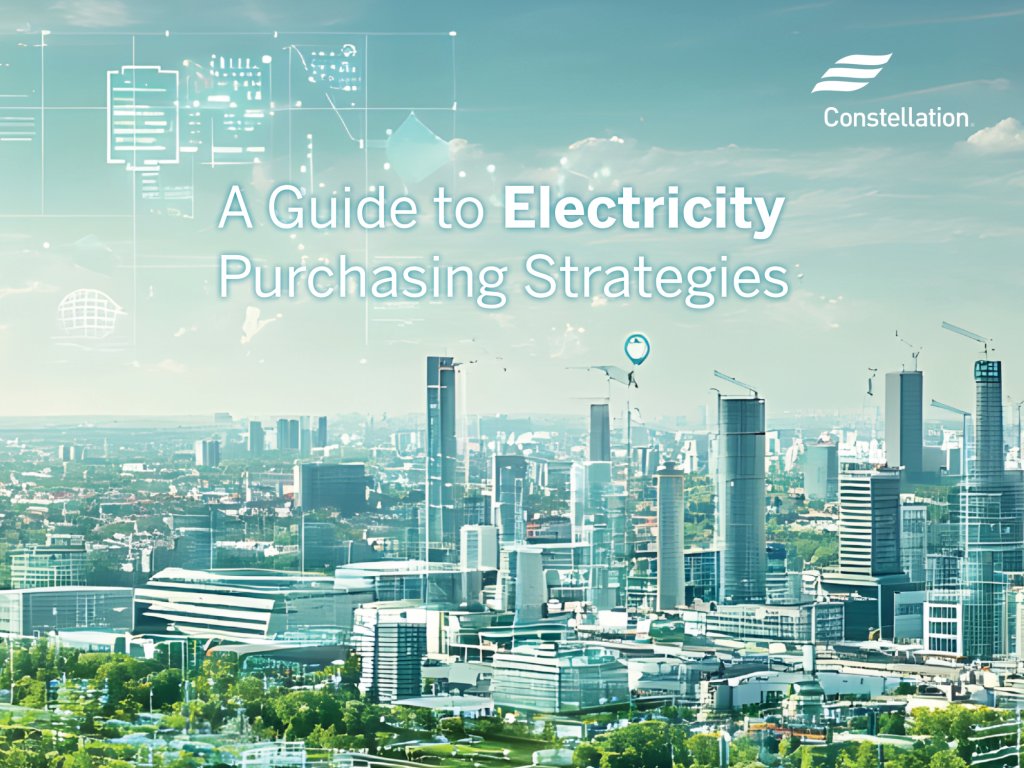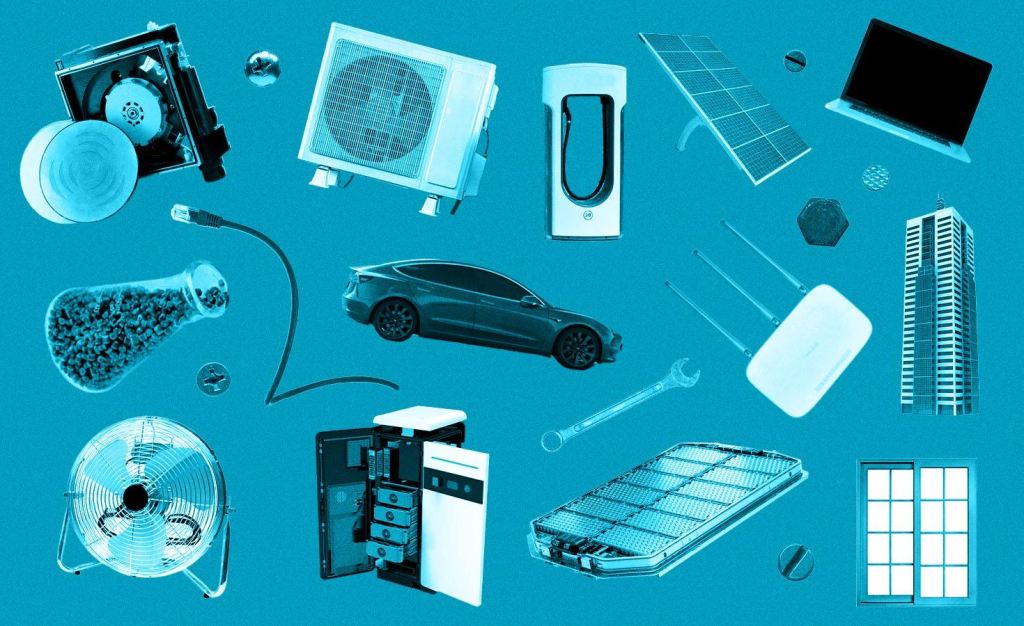Microsoft pivots as AI makes emissions cuts harder
Microsoft to focus on 'long-term, higher-impact' carbon removal projects and clean electricity to reduce operational emissions. Read More

Microsoft will shift where it invests in sustainability to balance rising emissions from the company’s massive focus on artificial intelligence.
Microsoft said Feb. 13 it will no longer buy “non-additive, unbundled renewable energy certificates,” which many corporations buy from brokers and use to offset greenhouse gas emissions in disclosures and claim carbon neutrality. These are credits from renewable electricity projects that have been producing power for some time and that aren’t advancing the clean energy transition.
The $245 billion technology company will instead invest more in “long-term, higher-impact” carbon removal projects, clean electricity procurement and emerging technologies that could reduce its operational emissions, particularly in buildings, said Microsoft Chief Sustainability Officer Melanie Nakagawa in a Feb. 13 blog describing the strategy update. The blog marks five years since Microsoft announced its 2030 ambitions to reduce its emissions.
“We need to run our sustainability initiatives like we run the rest of our business: ensuring that our focus is on the highest-impact interventions that truly move the needle when it comes to planetary impact,” she said.
Microsoft’s 2030 emissions reduction targets
Microsoft’s long-term greenhouse gas emissions reduction ambition, announced in 2020, is to become “carbon negative” by the end of the decade — a commitment that includes erasing all of its past emissions through carbon removal investments.
“Nearly five years later, we have had to acknowledge that the moon has gotten further away.”
But Microsoft’s emissions have increased almost 30 percent since that goal was announced, according to figures released in its latest progress report, in May. That is largely because of its AI data center buildouts, which require high-emissions materials such as steel and concrete, along with big power loads. The company’s massive investments in artificial intelligence — it will spend $80 billion in data center infrastructure in fiscal year 2025 — have thrown its progress far off track.
“In 2020, Microsoft leaders referred to our sustainability goals as a ‘moonshot,’ and nearly five years later, we have had to acknowledge that the moon has gotten further away,” said Nakagawa in her blog.
The company remains “resolute” in its long-term goals for emissions reductions, along with replenishing more water than it consumes for its operations and achieving zero-waste status, she said.
How Microsoft funds sustainability initiatives
To help fund its sustainability initiatives, Microsoft started assessing a “carbon fee” on every business unit in 2012, based on estimates of how much its operations contribute to the company’s overall greenhouse gas emissions. For example, groups are charged $100 per metric ton of carbon dioxide equivalent for travel. Microsoft does not disclose the charges for other activities, Nakagawa told me during a briefing about the strategy pivot.
Microsoft’s carbon fees have historically funded purchases of environmental attribute certificates, such as carbon offsets or renewable energy certificates, that carbon accounting frameworks consider acceptable measures of emissions reductions.
Microsoft reported 23,564,161 megawatt-hours of renewable energy consumption for fiscal year 2023 in its environmental progress report published in May. That figure included both unbundled renewable energy consumption certificates and certificates related to its power purchase agreements. For FY2022, Microsoft reported 18,153,218 MWh.
Microsoft may no longer be ‘carbon neutral’
Microsoft’s decision to stop buying renewable energy consumption certificates could force the company to stop calling itself “carbon neutral” in the short term but that money is better spent on contracts and investments that support its longer-term goal, Nakagawa said.
“Part of why we want to talk about this now is to be able to highlight clearly what our approach looks like, what our strategy means, and to show the evolution along the way,” Nakagawa said. “I think what people want to hold us accountable for is the progress we’re making towards our big objectives and carbon negativity.”
Google signaled a similar strategy shift last summer, when it published its 2024 environmental report. “We’re no longer maintaining operational carbon neutrality,” the company said. “We’re instead focusing on accelerating an array of carbon solutions and partnerships that will help us work toward our net-zero goal.”
Nakagawa declined to disclose how much the Microsoft carbon fee raises for the company or how much funding would be freed up by the strategy shift to dedicate to other investments.
AI is the problem, and the solution
Microsoft has already signed power purchase agreements that have added 34 gigawatts of “carbon-free” energy to the grid in 24 countries over the past six years. It has invested close to $800 million in 63 startups developing technologies that could help Microsoft reduce emissions directly, including Boston Metal and Stegra, two green steelmakers, CarbonCure and Prometheus Materials, which developing technologies related to low-carbon concrete.
Microsoft, like big competitors Amazon and Google, continue to back the narrative that AI is essential for accelerating practices that will have a positive impact on the planet — even as it makes the job of reaching net zero harder. For example, AI-trained models are providing better weather forecasts, identifying water leaks or accelerating the discovery and development of more sustainable materials.
“The force creating this distance from our goals in the short term is the same one that will help us build a bigger, faster, and more powerful rocket to reach them in the long term: artificial intelligence,” Nakagawa said in her blog. “This is not hyperbole.”














